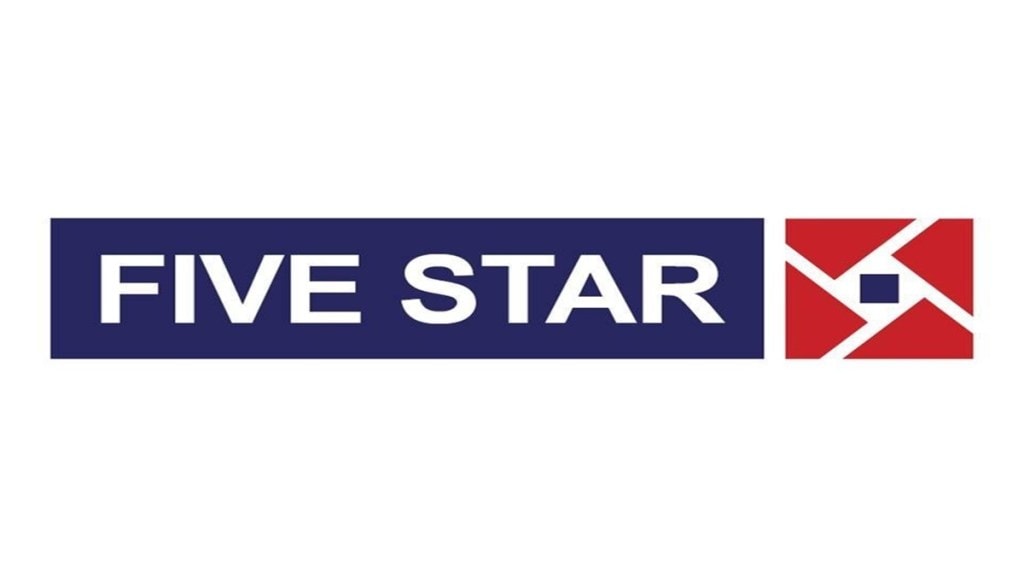Disbursements of Five-Star Business Finance fell 22% year-on-year to ₹941 crore for the third quarter, but the company remains confident of achieving a 25% portfolio growth for the full year, driven by a pick-up in disbursements in the second quarter.
“This has been a collections-first and asset quality-first quarter for us, which led to a slight downturn in disbursements,” joint managing director and CFO Srikanth Gopalakrishnan told FE.
The non-banking financial company (NBFC) offers collateral-backed loans to small business owners and self-employed individuals. The lender’s gross stage 3 assets rose to 1.62% from 1.4% due to stress in the segment on account of over-leveraging.
Gopalakrishnan, however, said the asset quality remains strong. “Our unique customer collection efficiency remained steady at around 97% while the overall collection efficiency stood at 98%.”
Despite the slowdown in disbursements, assets under management (AUM) grew 25% year-on-year to ₹11,178 crore in Q3. “The regulator has indicated somewhere around 25% as a comfortable growth number. We also felt this is a time to focus on collections, rather than being too exuberant in growth.”
Five-Star disbursed over ₹1,300 crore in Q4 last fiscal and expects to surpass that this year. “The fourth quarter is seasonally the best one for any NBFC, so we expect a significant pick-up in disbursements,” Gopalakrishnan said, adding that the company is on track to achieve its full-year AUM growth target of 25%, reaching nearly ₹12,000 crore. To meet this goal, it needs to disburse an incremental ₹800 crore in Q4.
Five-Star had sanctions of ₹600 crore from State Bank of India and SIDBI as of December. “We have raised about ₹2,500 crore in the first nine months and expect to raise ₹1,200-1,300 crore in fresh borrowings in the last quarter,” the CFO said.
The share of bank borrowings in Five-Star’s total outstanding debt dropped from around 85% in Q3FY24 to 65% in the latest quarter. Securitisation now accounts for 20% of the funding mix, while loans from development finance institutions (12%) and non-convertible debentures (11%) make up for the rest. “There is a clear focus on diversifying our borrowing mix,” Gopalakrishnan said, adding that mutual fund AMCs such as Kotak Mutual Fund, Nippon Mutual Fund and HDFC Mutual Fund are key participants in its securitisation transactions.
The lender expanded its branch network to 729 from 480 a year ago, though 92% of its AUM remains concentrated in Tamil Nadu, Andhra Pradesh, Telangana and Karnataka. It also operates in Madhya Pradesh (17 branches) and Maharashtra (20), and has entered Rajasthan, Uttar Pradesh and Gujarat. “The proportion of non-south in our total book will rise to 15% in the next two-three from 6-7% at present,” Gopalakrishnan said.

